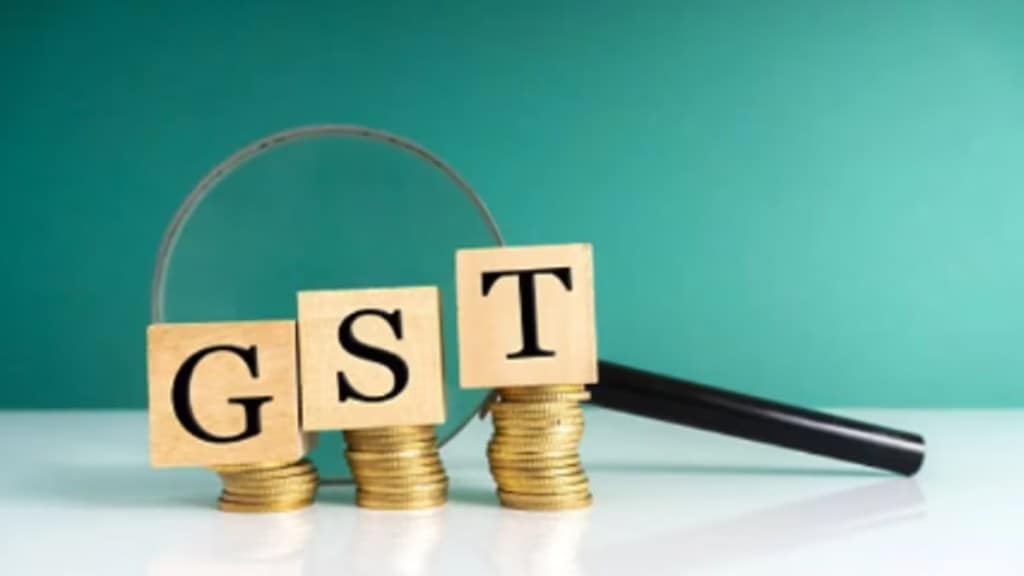India’s financial sector is in focus after the GST new rates were announced. The big question now is how can the GST relief and higher disposable income help in credit expansion? From banks, NBFCs, insurers, to fintechs international brokerage house, Jefferies highlighted five structural forces that is reshaping the growth dynamics.
Centre may meet Life and General Insurance Councils to ensure lower premiums
One of the biggest announcement of the GST was exemption of tax on all individual life and health insurance policies, including reinsurance, replacing the previous rate of 18 per cent plus Input credit tax. Jefferies highlighted that focus will now be on quick transmission of benefits of lower premiums to be on to policyholders.
The Centre may hold a meeting with the Life Insurance Council and the General Insurance Council to ensure there is quick transmission of benefits of lower premiums and that they are not withheld by increasing base premiums.
Insurers to have limited impact on embedded value
Jefferies also noted that there would be less impact of the recent GST rate cuts on the businesses of Insurers.
The leading private life insurers like HDFC Life Insurance‘s mangment, said in a regulatory filing that there would be small (<0.5%) negative impact on embedded value (EV)” but also added that it “does not dilute their plans to double profits in VNB terms over the next 4-4.5 years.
ICICI Prudential Life also said it expects around a 1 per cent negative impact on EV, while SBI Life Insurance indicated the hit would be “less than 0.2 per cent.” Axis Max Life noted the impact would be “less than 1 per cent.”
GST cuts may boost credit demand for banks and NBFCs
Jefferies also highlighted that the recent reduction in Goods and Services Tax (GST) rates may lift credit demand for banks and non-banking financial companies (NBFCs).
State Bank of India (SBI) chairman CS Setty said the move would ease financial pressure on households. “Household goods will now fall under the 5 per cent category, providing tangible relief in the form of lower costs on essentials and higher disposable incomes. With more spending power in the hands of consumers, lenders expect a strong uptick in both demand and credit expansion,” Setty noted.

